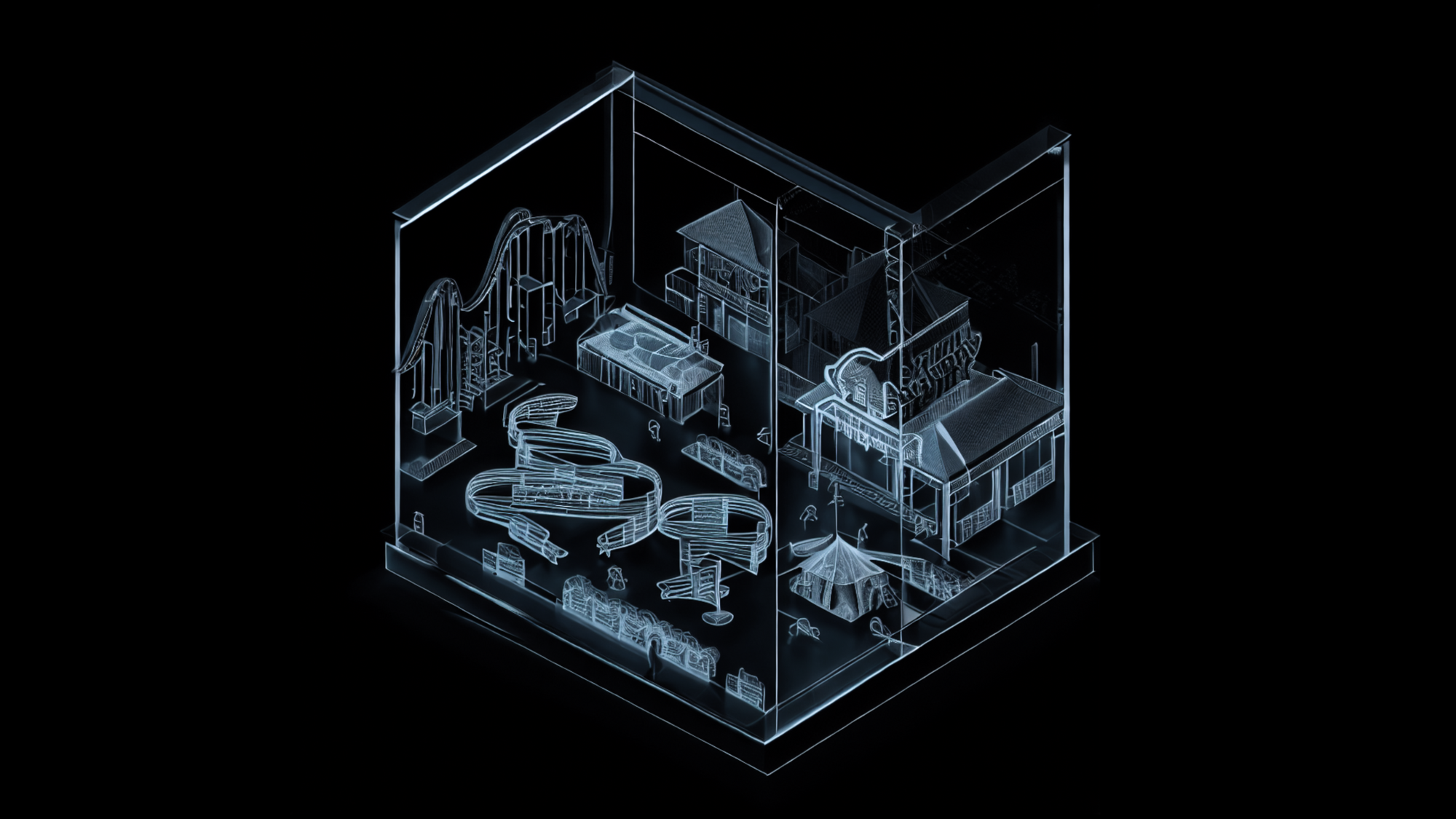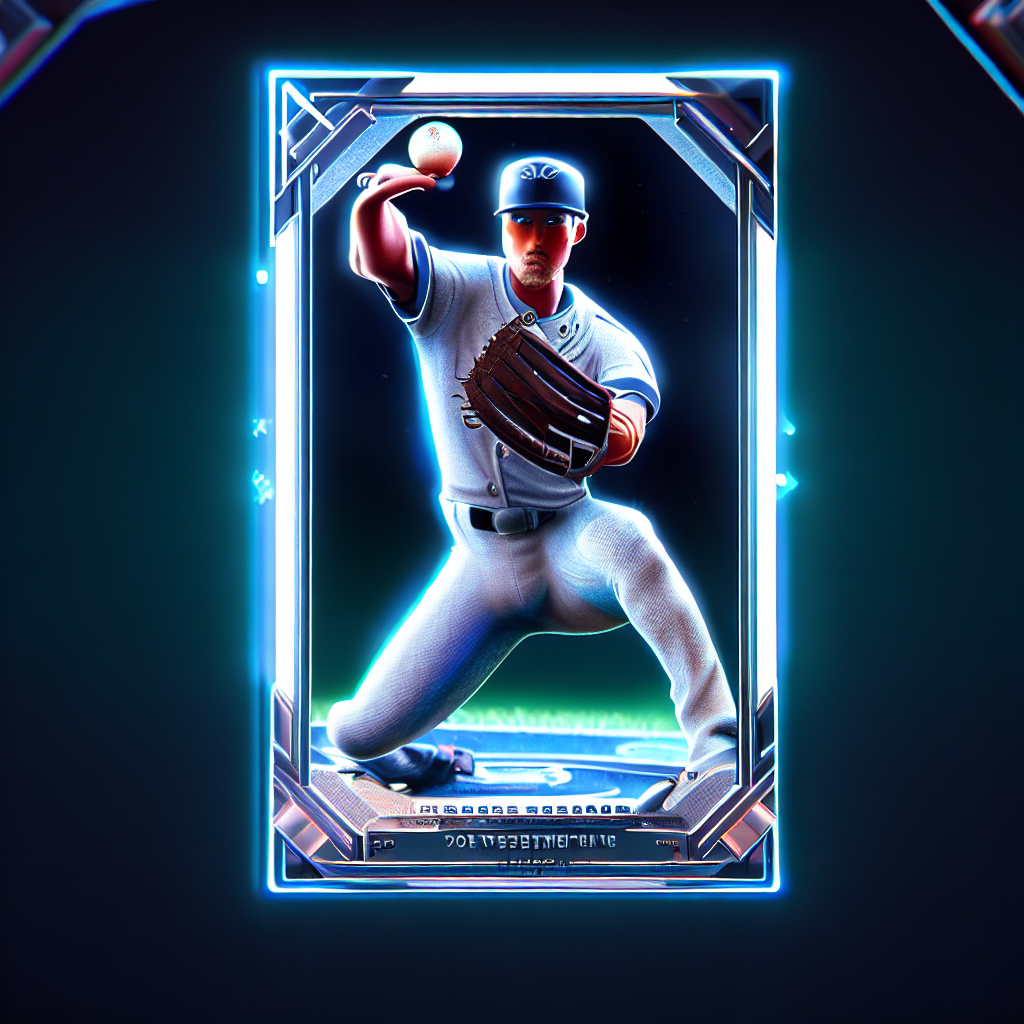What is the Metaverse? A Business Ecosystem

The "metaverse" is a futuristic concept of a 3D platform that could reshape commerce and everyday life.
“The metaverse is here, and it’s not only transforming how we see the world but how we participate in it – from the factory floor to the meeting room.”—Satya Nadella, CEO of Microsoft
Read on to find out more about the metaverse, its multidimensional impact on business, and a take on its practicality from a psychological standpoint.
What's Inside
What is the Metaverse?
The metaverse is a hypothetical iteration of the next internet—one that is a single, connected world built on virtual reality. A popular conceptual example is The Oasis from the 2018 film, Ready Player One.
Consider a hypothetical day in the life of a metaverse user: upon starting the day, a user logs into their avatar with a VR headset and spawns into their warm, welcoming virtual abode. They browse through the closet, select their digital fit for the day (perhaps bought with cryptocurrency), and teleport to an office space. Friendly faces and fellow coworkers await at the virtual workroom through their own headsets. A few meeting sessions later, the user hits an immersive fitness studio and checks off a HIIT workout—a kickboxing session fending off fiery dragons and collecting points for strikes.
A lot could be encapsulated in the metaverse and it could fundamentally change various aspects of life—whether it’s impactful, visually-stunning ways that education is taught, motivating atmospheres for workout sessions, or greater online commerce options that include a limitless frenzy of digital products.
“A utopian future many years off in which billions of people would inhabit immersive digital environments for hours on end, working, socializing and playing games inside virtual and augmented worlds.”—The New York Times

Metaverse Impact on Business
As more users pour into the platform, business opportunities will arise—especially in fields related to the creator economy, commerce, and the corporate workforce. Mass adoption of the metaverse is foreseeable with companies like Meta, one of the most avid pursuers of the metaverse.

Check out Meta’s exciting status and aspects that will either make or break its vision.
Regarding the platform’s impact on business, Meta pushed out its own statement video that covers how commerce has boundless potential in the metaverse.
Creator Economy
The creator economy bubble comprises content creation, digital designers, and creative entrepreneurs. This niche sector of the economy is run by social media influencers, bloggers, and podcasters who churn out content for all.
The growth of the metaverse may create new job opportunities and demand for various specialized roles. Unlike YouTube, Twitter, or Instagram, the concept of a unified metaverse is an entirely new world. Besides publishing articles or posting on Instagram, creators may have a firsthand role in developing the metaverse ecosystem. The first stages of creation would see rapid growth of talented 3D modelers, VR/AR developers, world builders, virtual fashion designers, and other related professions.
Although the metaverse could fuel the creator economy, platform developers have not yet sorted out legalities such as “digital privacy, digital ownership and intellectual rights, and regulations around digital commerce and advertising” (forbes.com).
Commerce
If the metaverse is a catalyst for new types of creators, it’s a catalyst for new types of commerce—and every imaginable digital product of these creators.
The platform would provide a medium for creators to sell virtual goods—digital artwork, clothing, accessories, or even virtual real estate—in immersive ways. Brands and businesses may design virtual showcases for their products, develop interactive narratives, and offer engaging experiences to their consumers. One such example is Coca-Cola’s NFTs made in partnership with Tafi. Coca-Cola is a big-name company, and its dive into digital products stirs up interest from other companies looking to plunge into metaverse-related trends.
“While virtual reality (VR) and augmented reality (AR) programs have several years of stress-testing in gaming, their utility to e-commerce is largely untested, with most e-commerce in the metaverse limited to either games or cryptocurrency and NFTs” (forbes.com).
Corporate Workforce
The metaverse could revamp the workforce by enhancing collaboration between employees. Employees that work remotely may adapt to conduct virtual meetings in the metaverse; multiple users may hop online to work together in shared virtual spaces regardless of physical locations.
For instance, Meta already has its employees using Meta Quest headsets to collaborate and host innovative meetings through Meta Horizon Workrooms; features include “virtual whiteboard[s]… to sketch ideas or attach sticky notes” and flexible room selection like “a presentation room for the big pitch, a discussion room with a round desk or a breakout room for brainstorming.”

Will the Metaverse Happen? The Underlying Psychology
As of now, the future of the metaverse is ambiguous. Skeptics aren’t shy to express their doubts on metaverse adoption, as it would detract face-to-face interactions and quality time that users would otherwise spend in the outer world. Additionally, many struggle to grasp the importance of NFTs that seem to lack real value.
A counter argument involves (1) the time spent only by younger generations and (2) trend of in-game collectibles as it may potentially translate to NFTs
Those who grew up in the digital age, specifically Generation Z and Generation Alpha, are apt to spending long hours online; “consumers, born in and after 1996, watches an average of 7.2 hours of video a day, which is nearly an hour more than the 6.3 hours spent by Gen X” (latimes.com). Younger generations may adjust and be online longer in the metaverse, especially for exercising or learning history from stunning 3D pictures.
Next, consider the psychology behind acquiring in-game items—points, levels, objects. Virtual items in games are the closest real-world example to the concept of NFTs. For instance, the game Counter-Strike sparked a multi-billion dollar industry of online gambling where gamers would drop sums of cash to collect rare skins: “users can buy, sell and trade the skins, and those used by pros become hotly demanded. Some can fetch thousands of dollars in online marketplaces.” Other popular MMOs (Massively Multiplayer Online Games) exist where players can acquire wearables, furniture, and other objects of varying prices.
“More than just leisure... companies want [the metaverse] to be a second life.”—Forbes
Therefore, it can be argued that spending money on ungraspable digital objects isn’t unusual, much less so for the younger generations who have been exposed to such trends early on. Kids and adults alike sporadically spend on games—sometimes for fun and other times by unfortunate impulse. One post mentions that “most gamers spend between $50-$100 on microtransactions in MMOs, but a few (about 5.6%) spend well over $1,000 on in-game purchases.” Limited edition items quickly gain real value once users deem them highly sought after assets. This is very similar to typical collectibles (baseball cards, comic books, coins, etc.) and digital collectibles (NFTs).

The metaverse would create a single, unified platform for digital objects. All types of online stores would be connected on a single network. If metaverse developers play on themes like status-based game psychology, the metaverse could see vast adoption. People like to impress and be a part of something important. Users could collectively view the meaningful digital items, trophies, timeless moments, and prestige that others have amassed in the metaverse over time. This aligns with the age of Web 3.0, where the focus is on the individual.

More on web3, the next internet wave.

Conclusion
The current metaverse tech is beyond “potential” impact. Well-known companies have already spurred the beginning of the metaverse transition. That’s because the term is no longer a buzzword; real use cases for the metaverse exist—especially those related to business. That includes new opportunities in the creator economy, commerce, and the corporate workforce.
Again, the next internet age focuses on the individual. The metaverse vision could be welcomed with open arms if it offers value and if more users hop on the digital collectibles trend. People love to create, share, acquire, own, and belong—and the metaverse feeds off it. The platform would hand over a medium for personal connections to proliferate, employees to collaborate, an economy to flourish, and an ecosystem to blossom.
References and Credits
- Mac, Ryan, et al. “Skepticism, Confusion, Frustration: Inside Mark Zuckerberg's Metaverse Struggles.” The New York Times, The New York Times, 10 Oct. 2022.
- Marr, Bernard. “The 10 Best Metaverse Quotes Everyone Should Read.” Forbes, 12 Oct. 2022, www.forbes.com/sites/bernardmarr/2022/08/15/the-10-best-metaverse-quotes-everyone-should-read/?sh=87aeb7f225dc.
- Sinelnikov, Denis. “Council Post: The Metaverse: What Brands Should Know Moving Forward.” Forbes, 27 Mar. 2023.

